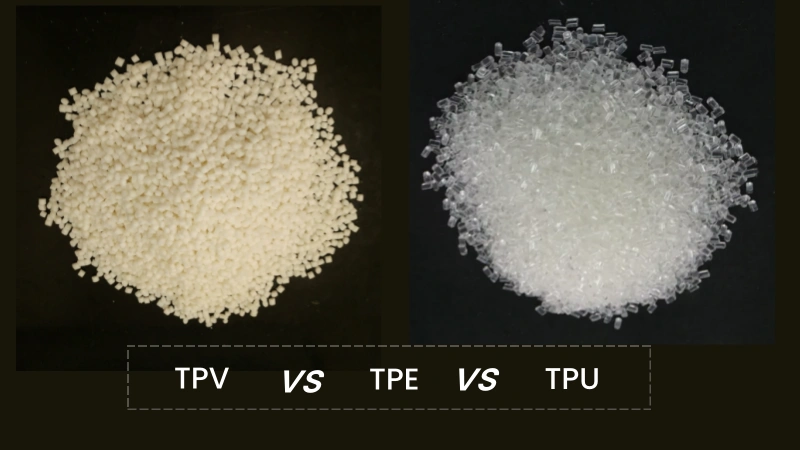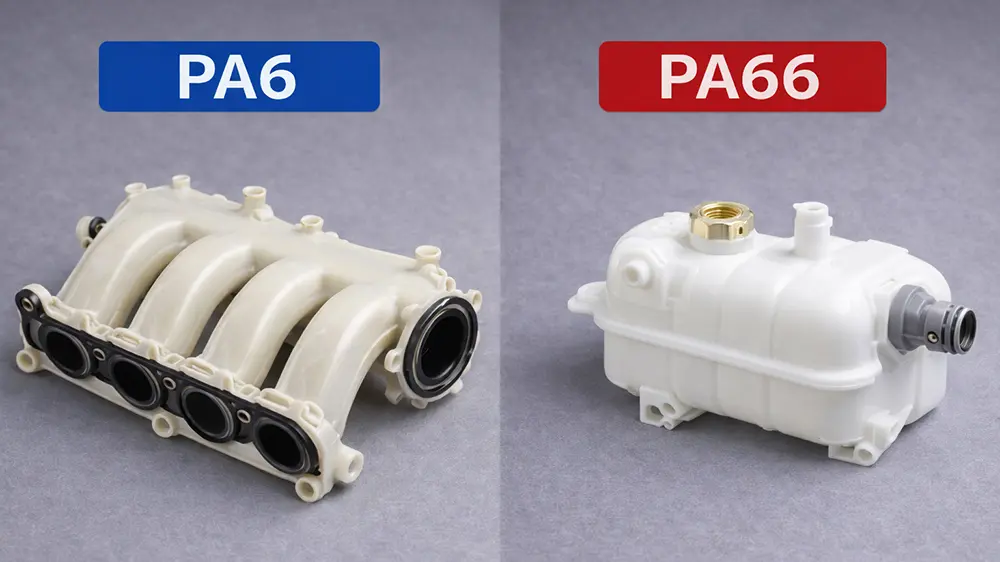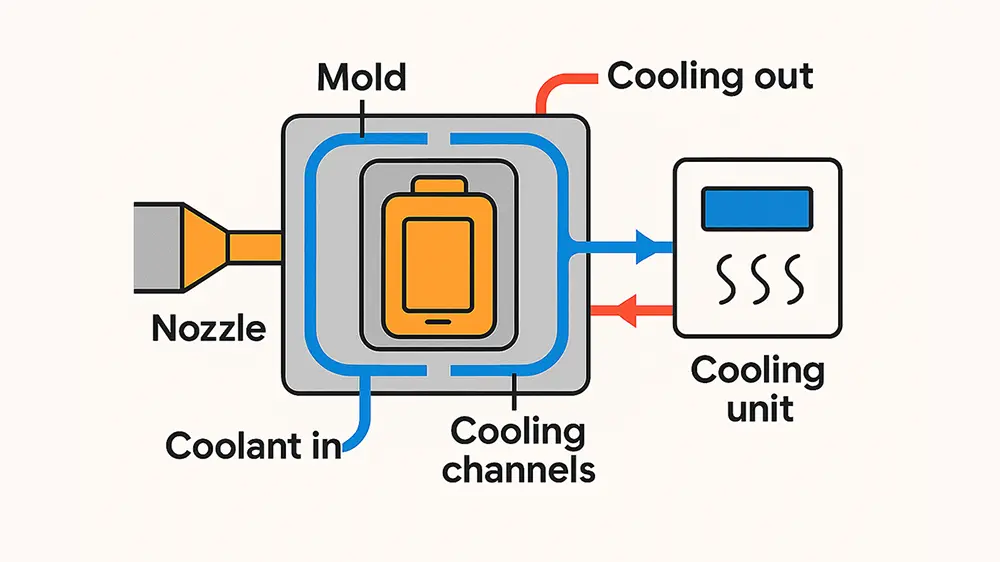Thermoplastic elastomers (TPE) represent a class of materials combining rubber-like elasticity with plastic-like processability, while TPV (thermoplastic vulcanizates) and TPU (thermoplastic polyurethane) are two important members of the TPE family. These three materials differ significantly in hardness range, temperature resistance, chemical stability, and processing methods, making them suitable for various industrial applications. This article provides a detailed comparison of their properties, cost factors, and typical uses to help you select the most appropriate material for your specific needs.
What are TPE, TPV, and TPU? What are their differences?
TPE (thermoplastic elastomer) is a broad category encompassing various materials that exhibit rubber-like elasticity but can be processed like plastics. TPV (thermoplastic vulcanizate) is a specialized type of TPE produced through dynamic vulcanization, offering superior heat and chemical resistance. TPU (thermoplastic polyurethane) stands out in the TPE family for its engineering plastic-like performance, particularly known for exceptional abrasion resistance and mechanical strength.

Key differences between these materials include:
- Chemical structure: TPEs are styrenic block copolymers, TPVs are EPDM/PP dynamically vulcanized alloys, while TPUs are linear polymers containing urethane groups
- Hardness range: TPU (60A-80D) > TPE (20A-100A) > TPV (40A-60D)
- Temperature resistance: TPV (-60°C to 135°C) > TPU (-40°C to 120°C) > TPE (-50°C to 80°C)
- Processing methods: All three can be processed using thermoplastic methods like injection molding and extrusion, but TPV requires higher processing temperatures
According to ASTM standard D1566, these materials are classified as “polymers that display elastomeric properties through physical rather than chemical crosslinks.”
How do TPE, TPV, and TPU compare in mechanical properties?
Mechanical properties are crucial factors when selecting elastomeric materials, and these three materials show distinct performance in tensile strength, elongation, and compression set:
Tensile strength and elongation:
- TPU typically offers the highest tensile strength (20-50MPa) with moderate elongation (300-600%)
- TPV shows medium tensile strength (5-15MPa) but excellent elongation (200-500%)
- TPE has the lowest tensile strength (3-10MPa) but some formulations can achieve over 1000% elongation
Compression set (indicating recovery capability):
- TPV performs best (20-40%), making it ideal for long-term sealing applications
- TPU is moderate (30-50%)
- Standard TPE shows poorer performance (40-70%)
Abrasion resistance (measured by Taber abrasion test):
- TPU offers the best wear resistance, 5-10 times better than conventional rubber
- TPV follows at 3-5 times better than rubber
- TPE performs similarly to or slightly better than standard rubber
Tear strength:
- TPU again leads (50-100kN/m)
- TPV is moderate (20-50kN/m)
- TPE has the lowest values (10-30kN/m)
These differences make TPU ideal for high-wear applications like gears and pulleys, TPV better suited for sealing applications, and TPE more appropriate for everyday products with lower mechanical demands.
How do their environmental resistance properties differ?
Environmental resistance encompasses temperature tolerance, chemical resistance, and weatherability, which directly affect material longevity in harsh conditions:
Temperature resistance:
- TPV: Long-term service from -60°C to 135°C, with short-term exposure up to 150°C
- TPU: -40°C to 120°C, with special grades reaching 140°C
- TPE: -50°C to 80°C, prone to softening at elevated temperatures
Chemical resistance comparison (based on ASTM D471):
| Chemical Medium | TPE | TPV | TPU |
|---|---|---|---|
| Engine oil/lubricants | Poor | Excellent | Good |
| Fuels | Poor | Excellent | Fair |
| Acid/alkali solutions | Fair | Good | Poor |
| Polar solvents | Good | Fair | Poor |
| Water | Excellent | Excellent | Fair |
Weatherability (UV and ozone resistance):
- TPV demonstrates the best weatherability, with outdoor service life exceeding 10 years
- TPU tends to yellow and degrade under prolonged UV exposure
- TPE weatherability varies by formulation, with styrenic TPEs generally performing worse
In practical applications, automotive engine components often use TPV (e.g., dust boots, seals) for simultaneous resistance to heat, oil, and vibration. Medical devices frequently employ TPE due to its tolerance to various sterilization methods (gamma radiation, ETO). TPU finds widespread use in hydraulic system seals that contact oils at moderate temperatures.
How do processing characteristics and cost factors influence material selection?
Processing performance and cost considerations significantly impact material choices:
Processing characteristics comparison:
Melt temperature range:
- TPV: 180-230°C
- TPU: 170-220°C
- TPE: 150-200°C
Mold shrinkage:
- TPU: 0.8-1.5%
- TPV: 1.2-2.0%
- TPE: 1.5-3.0%
Drying requirements:
- TPU requires strict drying (moisture <0.02%)
- TPV/TPE are less moisture-sensitive
Cost factors (general grade benchmarks):
- TPU is typically most expensive ($3.5-6/kg)
- TPV mid-range ($2.5-4.5/kg)
- TPE most economical ($2-3.5/kg)
Production efficiency:
- TPE cools fastest, enabling shortest cycle times
- TPU needs longer packing time and slower cooling
- TPV falls between these extremes
While TPE offers the lowest material cost, its longer cooling time for thick-walled products may offset this advantage. TPU’s higher price may be justified by its superior wear resistance extending product life. TPV provides an optimal balance for applications requiring both heat resistance and cost-effectiveness, such as automotive sealing systems replacing traditional EPDM rubber. Learn more about our TPU injection molding service.
What are the typical application areas for these materials?
Each material has found its niche in various industries based on unique property profiles:
Typical TPE applications:
- Consumer products: Toothbrush grips, razor handles, toys
- Electronics: Phone cases, headphone cables
- Medical: Breathing masks, IV tubes, catheters
- Packaging: Food container seals, can pull-tabs
- Advantages: Soft touch, recyclable, easy coloring
Primary TPV uses:
- Automotive: Dust boots, window seals, air ducts
- Industrial: Chemical-resistant hoses, conveyor belts, gaskets
- Construction: Door/window seals, roofing membranes
- Advantages: Weather resistance, high temperature capability, weldability
Common TPU applications:
- Industrial: Hydraulic seals, mining screens, conveyor belts
- Consumer: Shoe soles, sports equipment, luggage components
- Electronics: Cable jackets, drone propellers
- Medical: Artificial heart valves, orthopedic braces
- Advantages: Exceptional abrasion resistance, tear strength, optical clarity options
An emerging trend involves material combinations, such as automotive dashboards using TPE surfaces (for soft touch) with TPU backbones (for structural support). Similarly, many high-performance athletic shoes combine TPU stability components with TPE outsoles to balance support and comfort.
How to select the most suitable material for specific requirements?
Follow this decision-making framework when choosing between these materials:
Identify critical performance needs:
- High temperature resistance (>100°C)? → Prioritize TPV
- Superior wear resistance? → Choose TPU
- Emphasize soft touch? → TPE preferred
Evaluate environmental factors:
- Outdoor use or oil contact? → TPV
- Frequent sterilization? → Medical-grade TPE
- Exposure to polar solvents? → Avoid TPU
Consider processing limitations:
- Complex thin-walled parts? → TPE flows better
- Equipment temperature constraints? → TPE processes at lowest temps
- Need secondary operations (e.g., welding)? → TPV works best
Cost and sustainability:
- Limited budget? → TPE most economical
- Recycling important? → All are recyclable, but TPE easiest
- Long service life required? → TPU or TPV may prove more cost-effective
Material substitution examples:
- Traditional rubber seals → TPV (easier processing, comparable lifespan)
- PVC tubing → TPE (more eco-friendly, no plasticizers)
- Metal gears → TPU (weight reduction, noise dampening)
The optimal choice should consider all performance requirements rather than single parameters. For instance, automotive wiper blades need both weather resistance (TPV strength) and wiping smoothness (TPE advantage), leading to market solutions using both materials. Collaborating with material suppliers for application-specific case studies and sample testing is recommended for making the best selection.





